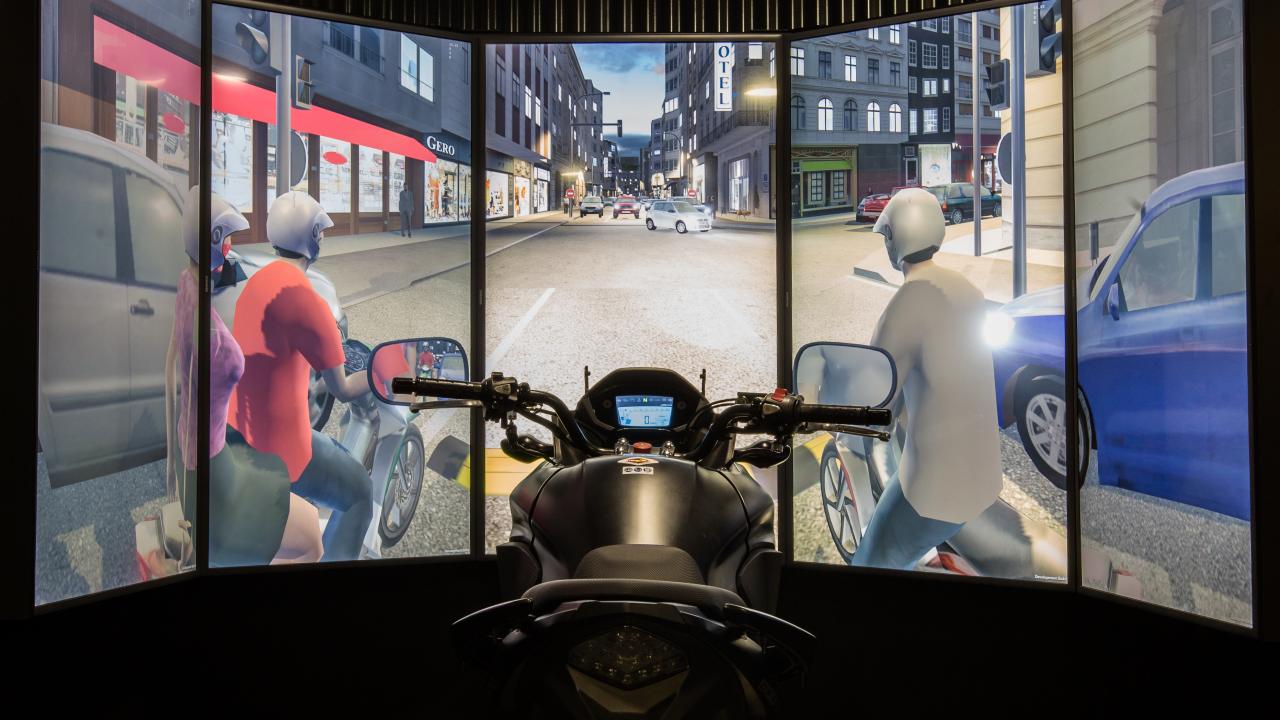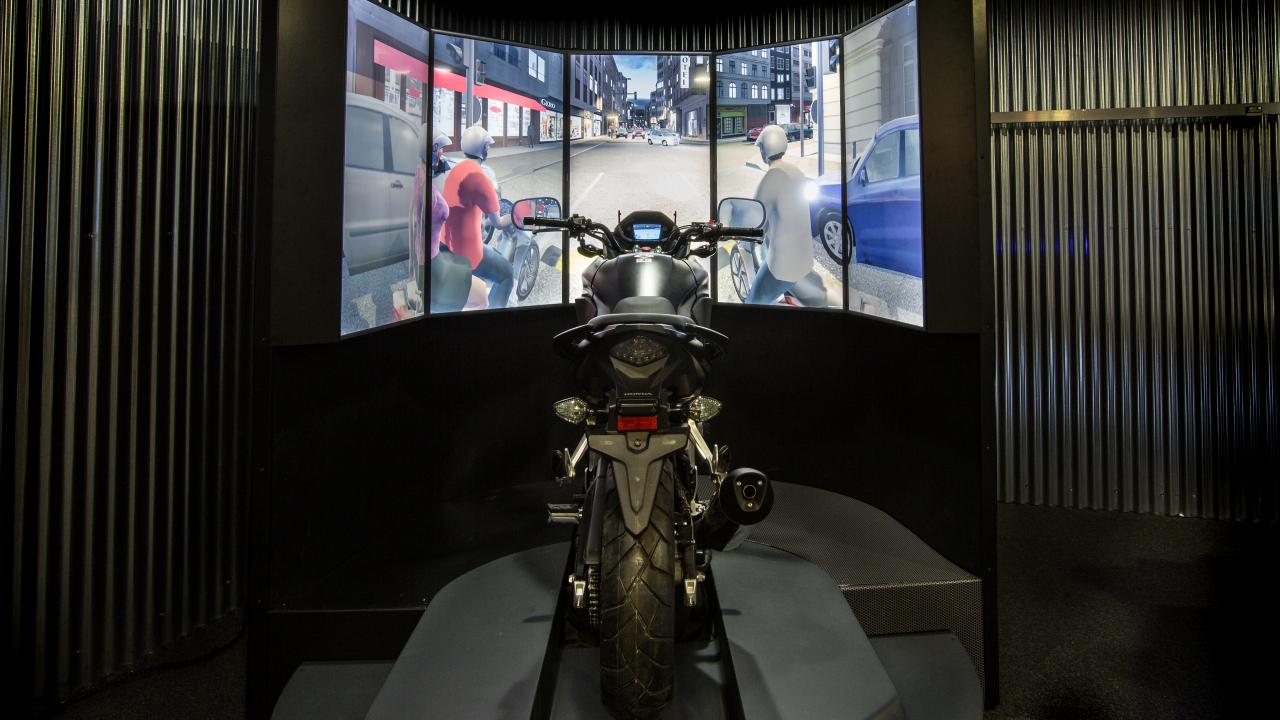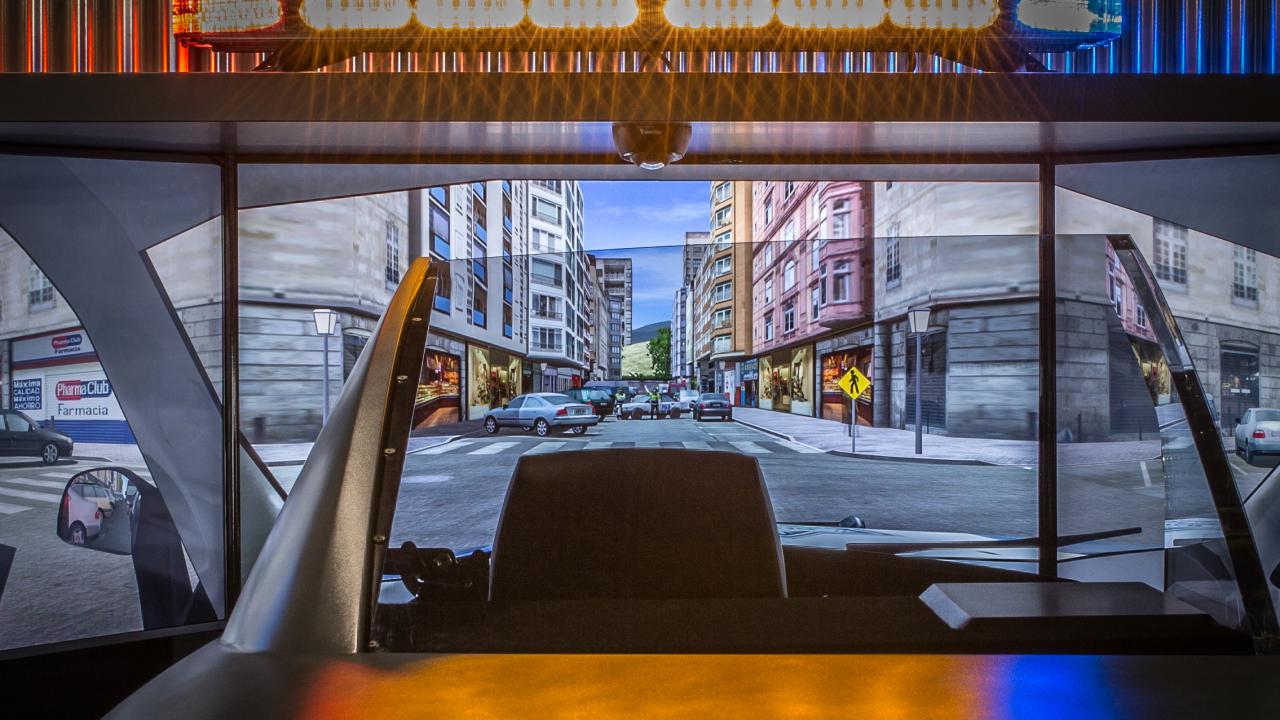Friday, November 30, 2018
Simulation: the most realistic training for police officers
Driving simulators place students in a simulated yet realistic environment from which they emerge better prepared to perform their day-to-day work.
Fatalities, injuries and the lengthy court proceedings that follow these incidents are becoming increasingly common for our security forces. As such, this sector is working harder than ever to improve driver safety across its fleets.
According to specialist magazine PoliceOne, there has been an exponential rise in the use of driving simulators within the securities forces, and this type of training is proving exceptionally effective when used in conjunction with traditional methods.
There are many reasons for this success. On the one hand, there is a surprising lack of regular driving experience among the new generation of police cadets. Those who lack basic driving skills require more intensive training for driving in emergency situations and need to develop more sophisticated driving skills before graduating as officers. The training provided by police academies usually covers basic driving manoeuvres at high speed and specialist techniques used across their own fleets.
Another important reason is that when training with real vehicles, the instructor can simulate, for example, another vehicle unexpectedly pulling out at a junction; however, the cadet knows all too well that the instructor will not actually crash into them during the training. This means that when training in a real vehicle, cadets will not experience the stress produced by a similar real-life situation and will not be able to train their real response. In other words, reality becomes unreal. The only way to elicit a real response is to use a simulator that enables the reproduction of high-risk operational situations.
If the driving wasn't hard enough, police officers have many other duties when behind the wheel of a police car or motorbike. There are multiple things to focus on when driving at high speeds, such as anticipating the suspect's next move, accounting for civilian drivers, scanning for radio traffic, monitoring the on-board computer system, watching out for pedestrians and dealing with adverse weather conditions.
All this means that only a simulator can replicate such complex real-life situations and, in reference to the title of this article, training with simulators has become a much more realistic option than training with real vehicles.
At LANDER, we are fully aware of the complexities of driving for security forces and, as such, we have developed a range of simulators specifically for police use, including the police car and the recently launched motorbike 2.0 or high-capacity bike.



